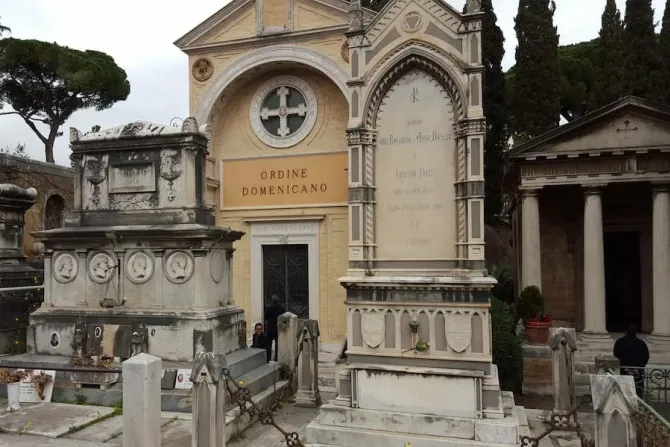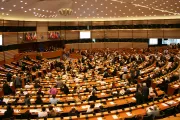After the capture of the president of the Philippine Republic in 1901, armed resistance to American colonists ended, but with an upsurge in Filipino nationalism, divisions arose in the Catholic Church.
Fr. Gregorio Aglipay, a revolutionary priest, severed ties with the Holy See, declaring the institution of the Philippine Independent Catholic Church. It is believed that in some provinces, nearly all the priests joined Aglipay in what is often referred to as the "Aglipay Church."
Aglipay offered Barlin the highest ecclesiastical office in his new church, but the priest strongly rejected the offer. "Barlin, of course, remained steadfast," Timoner said. He stayed faithful to the See of Peter.
The schismatic church then took over Catholic churches, defending the move as "peaceable occupation." When an Aglipayan priest refused to vacate Fr. Barlin's church, he brought the case to court, which ruled in his favor in 1904.
Barlin won again when the case was reheard by the Supreme Court two years later. The courts forced the schismatic clergy to vacate the buildings owned by the Catholic Church.
"Barlin's role was crucial; otherwise if he had transferred, the [schismatic] church might have grown bigger than it is today," Timoner said.
By this point, Barlin had become a bishop. He was named the 28th bishop of Nueva Caceres in December 1905 and consecrated in June 1906 in Manila at the age of 56. Just three years later, he fell ill while on his first ad limina visit to Rome, dying on Sept. 4, 1909.
In 2007, the Catholic bishops of the Philippines wrote a pastoral letter about Bishop Barlin, praising his "service to God and people."
"When the temptation of power and prestige was offered him, he chose to remain faithful to his commitment. When such power was in his hands, he used the same responsibly always for the good of those he served," they wrote.
Barlin chose Bonus miles Christi ("A good soldier of Christ") for his episcopal motto. With his consecration, the bishops wrote, "it was the first time after three hundred years of Christianity in the Philippines that a Filipino was given such a dignity certainly, a milestone in the Philippine Church History, an event worth remembering and celebrating."
Hannah Brockhaus is Catholic News Agency's senior Rome correspondent. She grew up in Omaha, Nebraska, and has a degree in English from Truman State University in Missouri.




